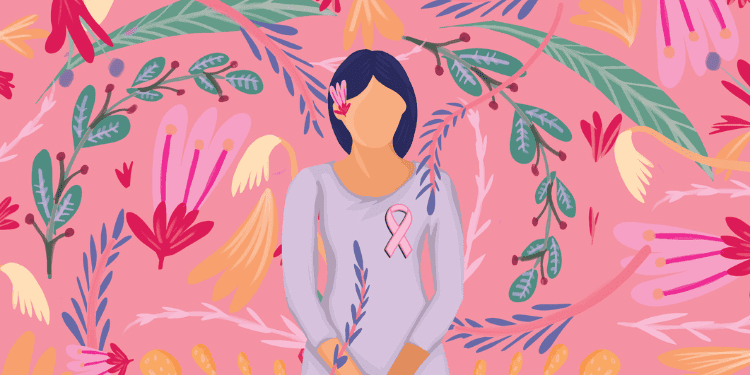Closing care gaps: breast cancer screening with American Indian women

“I can’t say how good it is to be in a place that cares for their patients,” said Community Health Worker Paula Brown about a new project to encourage our American Indian patients to get breast cancer screening. “Everybody who puts their badge on and works at Hennepin Healthcare is here for a reason. It shines through.” In August 2023, Paula and Gracen Mcdougall, Cultural Navigator, began making outreach calls to American Indian patients overdue for breast cancer screening, with the goal of closing an important care gap for this population.
Hennepin Healthcare is working toward improving ambulatory care gaps, as measured by the Minnesota Community Measurement. A care gap can be defined as one of the thirteen measures looking at chronic and preventative care like breast cancer screening, colon cancer screening, childhood immunizations, optimal diabetes control, and more. Closing care gaps improves patient health outcomes, community, and care team wellness and satisfaction.
Hennepin Healthcare’s American Indian patients had a gap when it came to breast cancer screening. In July, before the project started, 49.5 % of American Indian patients due for a breast cancer screening had completed it, compared to 65% of other patients on average—a gap of 15.5%.
Paula and Gracen started by going through the list of American Indian patients due for a breast cancer screening and making a personal call to encourage them to make their appointment. “I am an elder with the Leech Lake Band of Ojibwe in Minnesota. It certainly does my heart good to reach out to patients here,” said Paula.
Making the calls with a culturally sensitive approach and trauma-informed care, Paula and Gracen worked with the patients to help with possible barriers that could prevent them from getting to their appointments. It can be as simple as having no transportation.
Gracen helped the patients she called to set up medical transportation rides to get them to and from their appointments. “It’s hard to get a hold of people, but once we get them on the phone, it’s so exciting just talking to them and figuring it out,” Gracen said. “[Asking them] What can I do to help you? I want to be able to support you in getting your care.”
The patients who answered the calls were receptive and happy to hear from Paula and Gracen, and the calls got results. To date, 55.7% of American Indian patients due for breast cancer screening have completed it compared to 66.1% of the general population, reducing the gap from 15.5% to 10.4%. Three of the 13 patients they reached had results with abnormal findings. One of them was Paula.
“I’m also a patient of Hennepin Healthcare, an elder American Indian woman, and I’m probably on somebody’s list [to call],” Paula realized as she was doing the outreach. With that thought in mind, Paula scheduled her mammogram so she could encourage other patients to do the same. When she returned from a short vacation in September, she came back to MyChart messages and missed calls from the radiology team and her doctors, letting her know about the suspicious findings.
“The love just leaped out,” Paula said. “While it was scary for me as a patient, learning my new fate, I can’t even put words to being on this end—what our patients feel daily and the love that we [as a patient] get from our care team.”
For the next steps, Paula and Gracen plan to send cards with personal handwritten notes to those patients they could not reach by phone. The card will include a direct callback number.
“The passion is just in me. This work is so important, we need to make calls. This work is so important,” said Paula.

